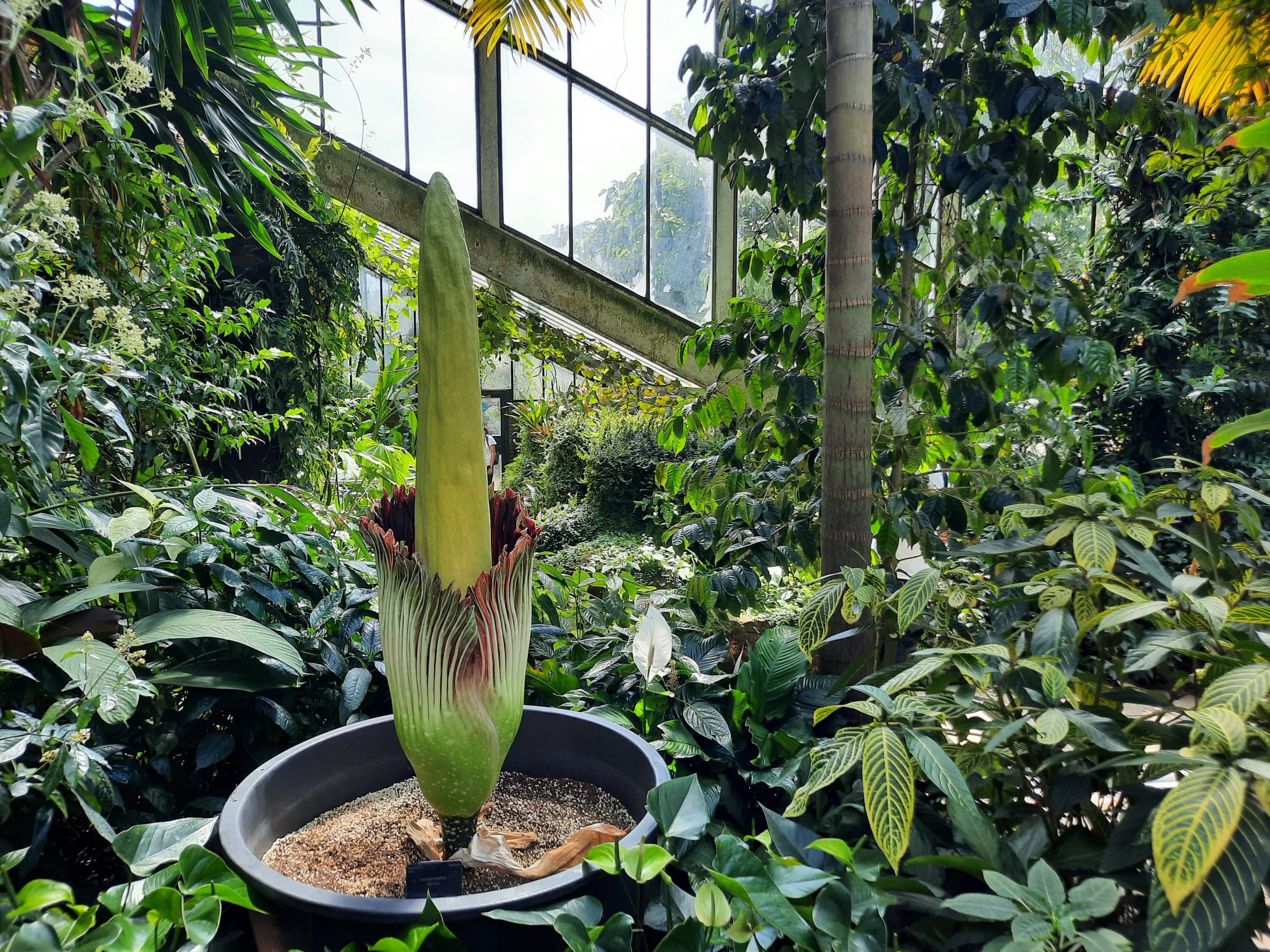Kew Gardens, London
Londoners, the largest and most diverse botanical (and mycological) collections in the world are on your doorstep in the form of Kew Gardens! A lovely place for a day out and you may even learn something along the way.
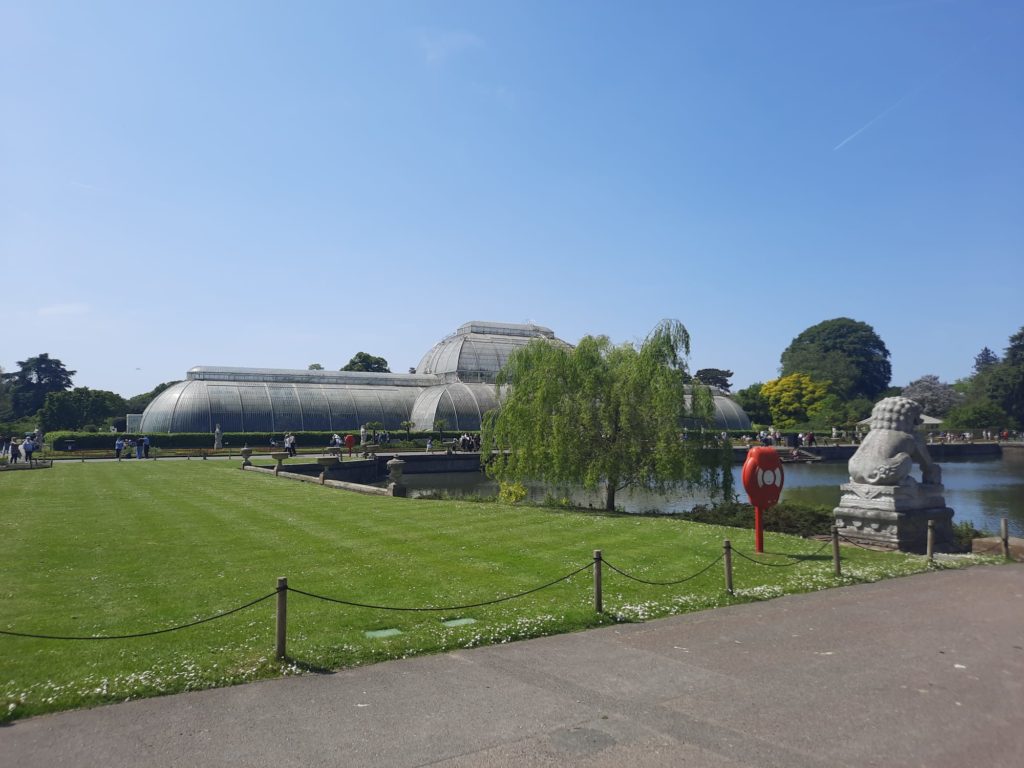
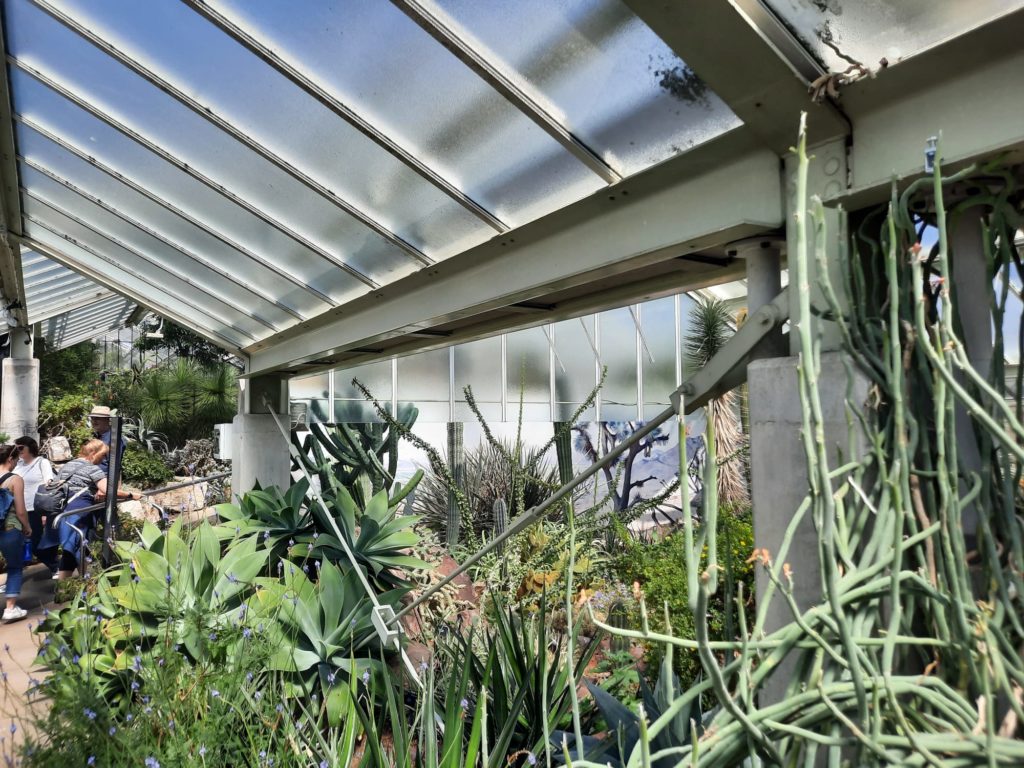
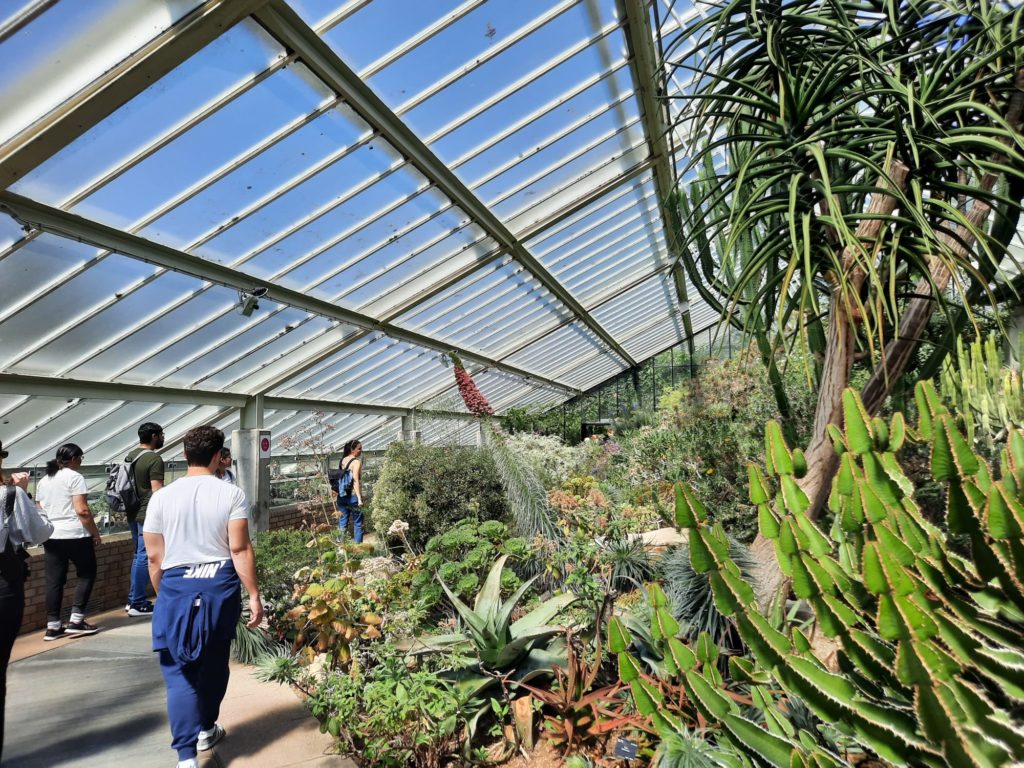
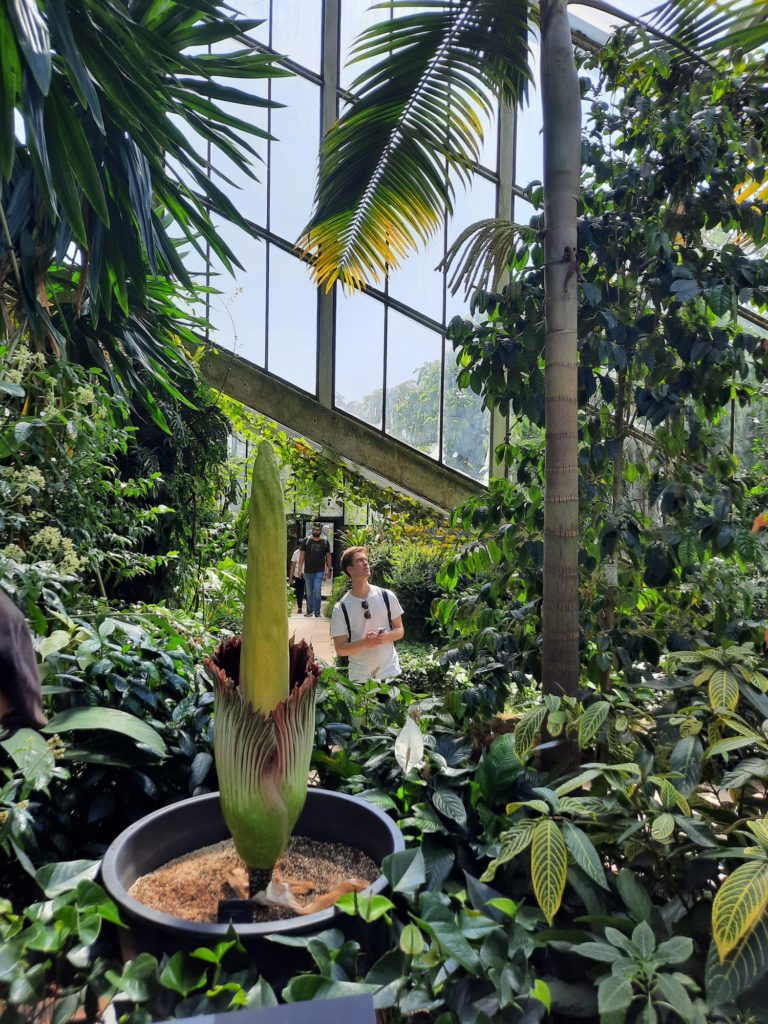
Kew Gardens
I don’t know why it is that I always feel the need to justify the inclusion of botanic gardens on the blog. I’ve visited a few in the last couple of years (in Italy, London and New Zealand) but always want to explain myself. Don’t even get me started on aquariums. Really, the point for me when contemplating any of these living sites is that, although they involve the natural world, they are in some ways no less museological than a museum. They originated (if we’re talking botanic rather than regular gardens) around the same time. And from the same impulses: collection of the rare and special, followed by ordering and classification of different types of things.
Today, they mean different things to different people, and carry a weight greater than themselves. Museums are sites for deconstructing colonialism, fostering social inclusion, and so on. When it comes to gardens, there’s an obvious climate and ecological message.
Kew Gardens exemplifies my theories. The gardens were founded in 1840 out of an earlier private exotic garden. Now they hold more than 8.5 million preserved plant and fungus specimens, as well as 750,000 books and 175,000 prints and drawings relating to plants. Talk about Linnean classifications! Far from resting on these scholarly laurels, however, Kew is a living place. Among the experiences curated for visitors are several with an ecological message – the importance of bees for instance. It’s a day out with a purpose.
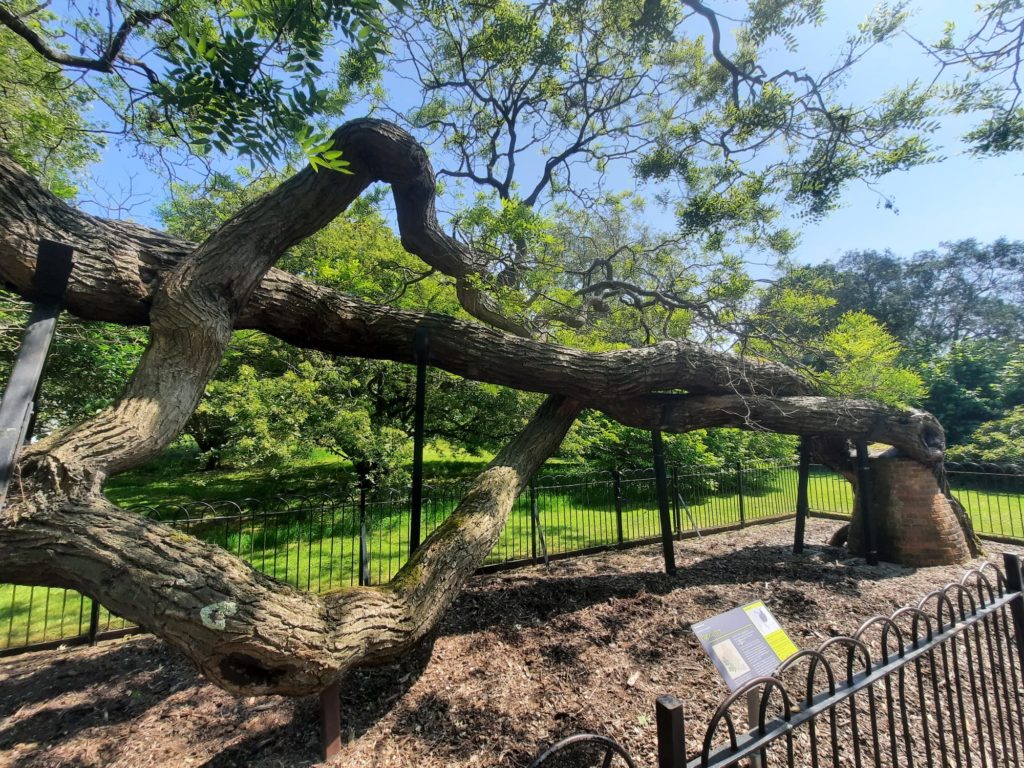

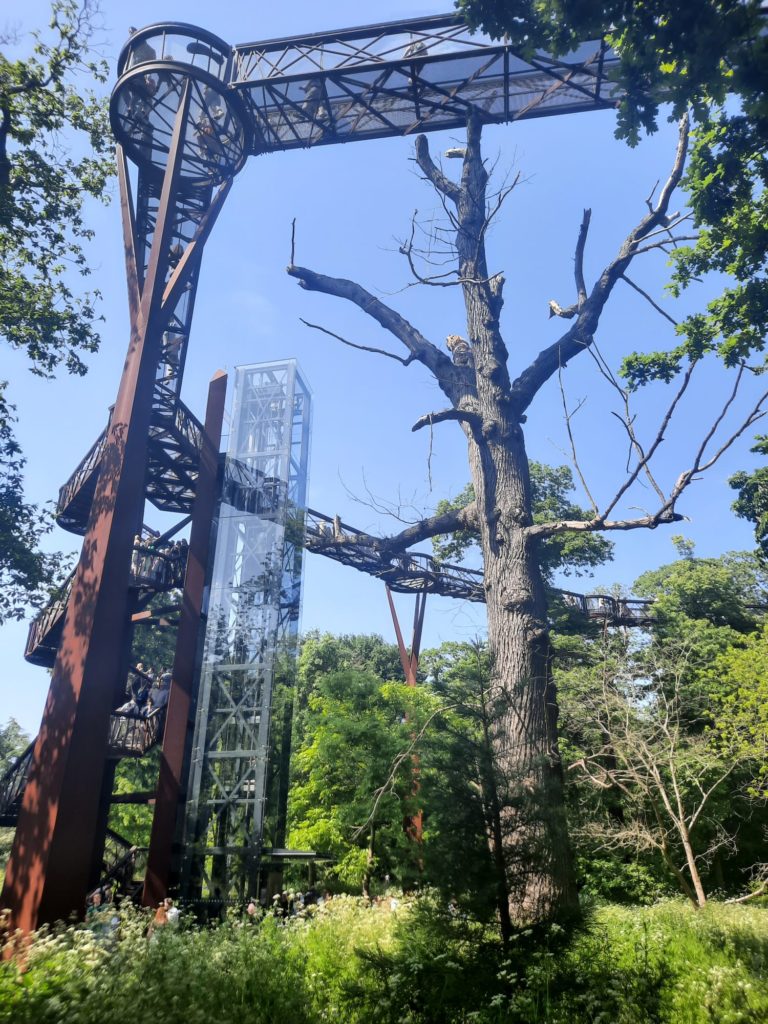


Royal Botanic Gardens
A lot of places in the UK have some sort of royal endorsement. Kew, however, has an even stronger royal connection. This neighbourhood, on the Thames, was once full of aristocratic homes of those wishing to be close to Richmond Palace. There was a lot of this West of London: it’s not too far from the grottoes and stately homes we saw on this outing, for instance. Henry, Lord Capell of Tewkesbury was the one who started an exotic garden on this site. The estate merged with the royal estate of Richmond in 1772. What is today known as ‘Kew Palace’ was once the nursery for George III’s children. Kew became the national botanic gardens in 1840, thanks to the efforts of the Royal Horticultural Society.
Unless you arrive very early and have boundless energy, there’s far more than you can do in one day at Kew. There are lots of plants, of course: greenhouses, landscaped walks, wildernesses. And at least five trees dating all the way back to 1762. There are historic buildings. Art galleries. A treetop walk. The display on bees I mentioned. A ‘train’ to drive you around. And, of course, this is without taking into account that the plants all change with the seasons.
I visited recently in a manner that was extremely pleasant, but not quite designed to maximise my time in the gardens themselves. I took a boat trip from Westminster to Kew with Thames River Boats. It’s much nicer being on a boat, with commentary and a bar/café downstairs, than taking a train or the underground. And when you arrive it’s a short walk to Kew: don’t trust navigation apps which may take you up a long stretch of road, there’s a closer entrance diagonally across the green.
As lovely as it is, however the boat is not fast. And return journeys are relatively few and must be planned for. As such, we had to pick and choose what we saw, and would have liked to stay a bit longer. But we managed a few of the glasshouses, some planted walks, and seeing some of the oldest trees. The historic buildings, galleries and farther reaches will have to wait for another trip.



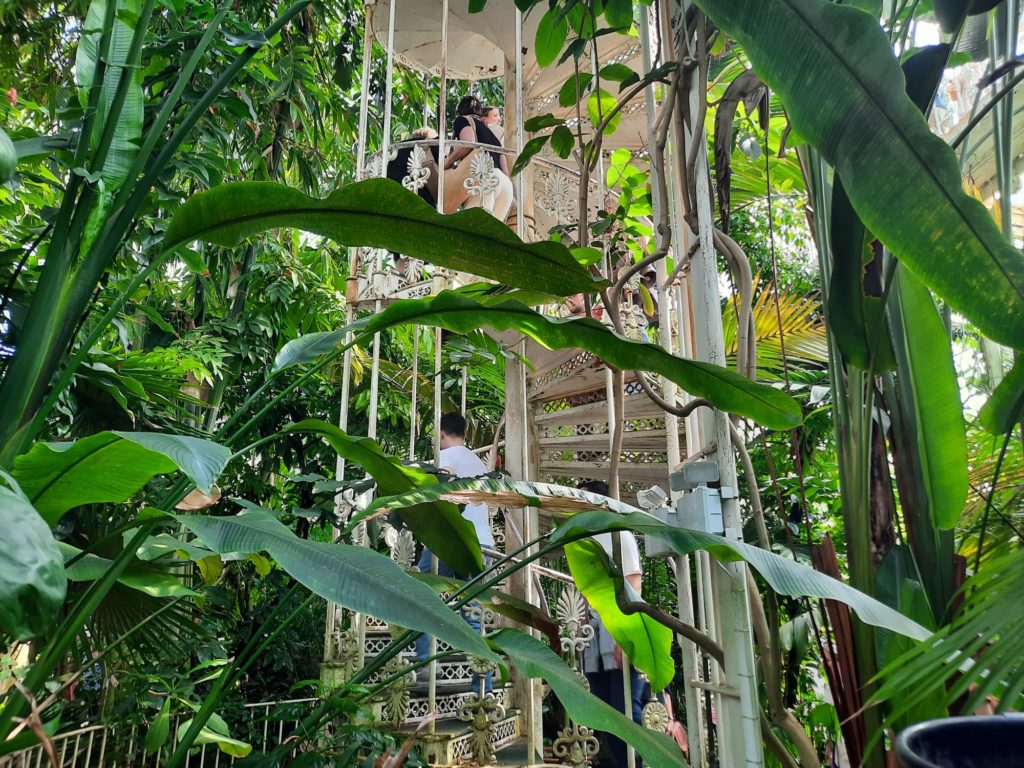
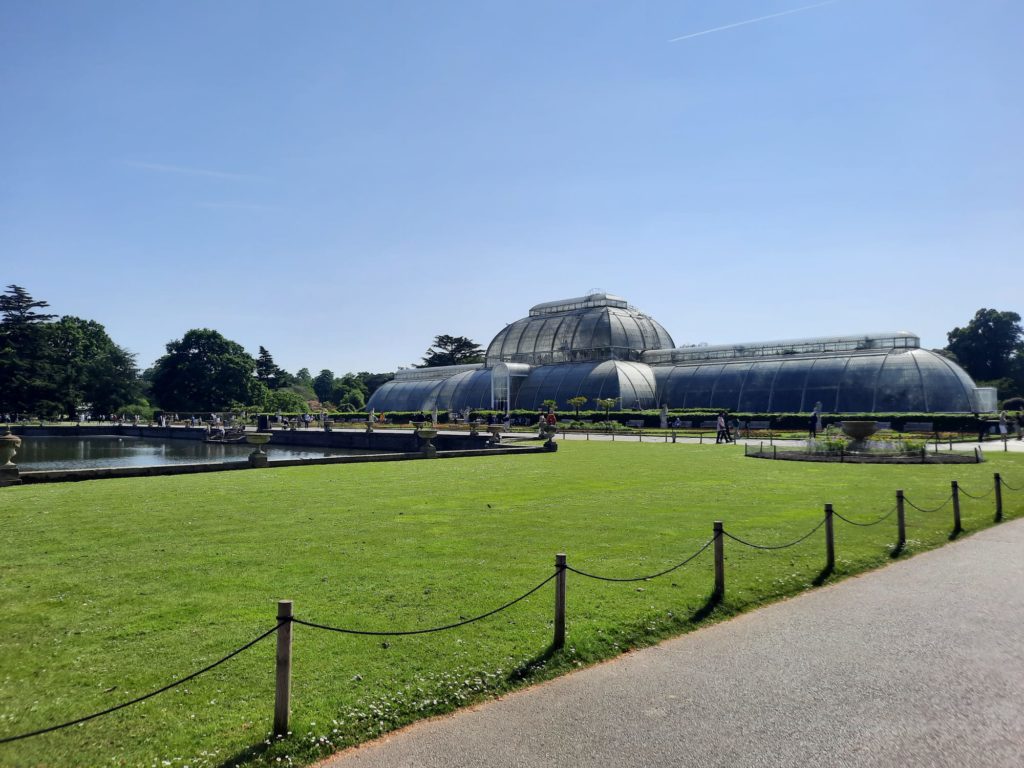
No Cultural Site Is Immune To The Culture Wars
Something very interesting I came across while researching this post is the discussion around RBG Kew’s ten-year strategy published in 2021. As a leading institution, it’s perhaps not surprising that Kew looks to take an important role in relevant debates. Their manifesto talks about protecting biodiversity, sustainability, being a source of inspiration, training up the next generation, and extending its reach. So far, so expected. There are glimpses, however, that Kew Gardens is bold in its vision, and unafraid of tackling difficult topics. Hence a mention of confronting Kew’s (and Britain’s) colonial legacy. One mention in a 36-page document, mind you, but enough for Kew’s director to have to defend it against claims of woke nonsense.
I applaud the leadership at RBG Kew for taking a position on the key issues facing society today. They are particular clear on the Climate Emergency, and the fact that time is running out. This is of course the issue with the most relevance to a botanic garden, but it’s also positive to see such a venerable institution supporting more diversities than just biodiversity.
So while these debates are not necessarily evident during a day at Kew, they do inform the visitor experience. It’s a sign of the site’s long history that you can pick and choose between a centuries-old vista leading to a stately home, or a modern installation teaching you about bees. In the middle there is just about every plant or at least region you can think of represented. My advice would be to make a day of it and go with the flow. Guides are on hand at the entrances for tours or tips to suit your preferences.
Salterton Arts Review’s rating: 3.5/5
If you see this after your page is loaded completely, leafletJS files are missing.

